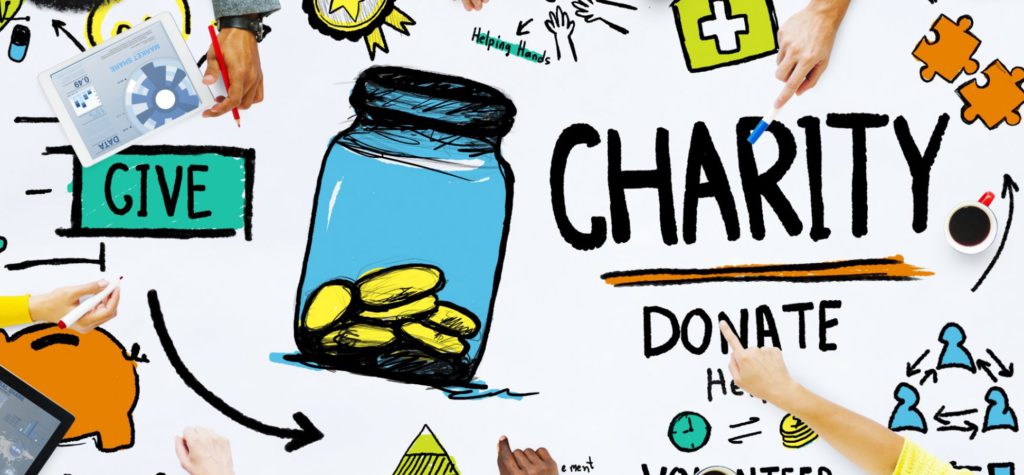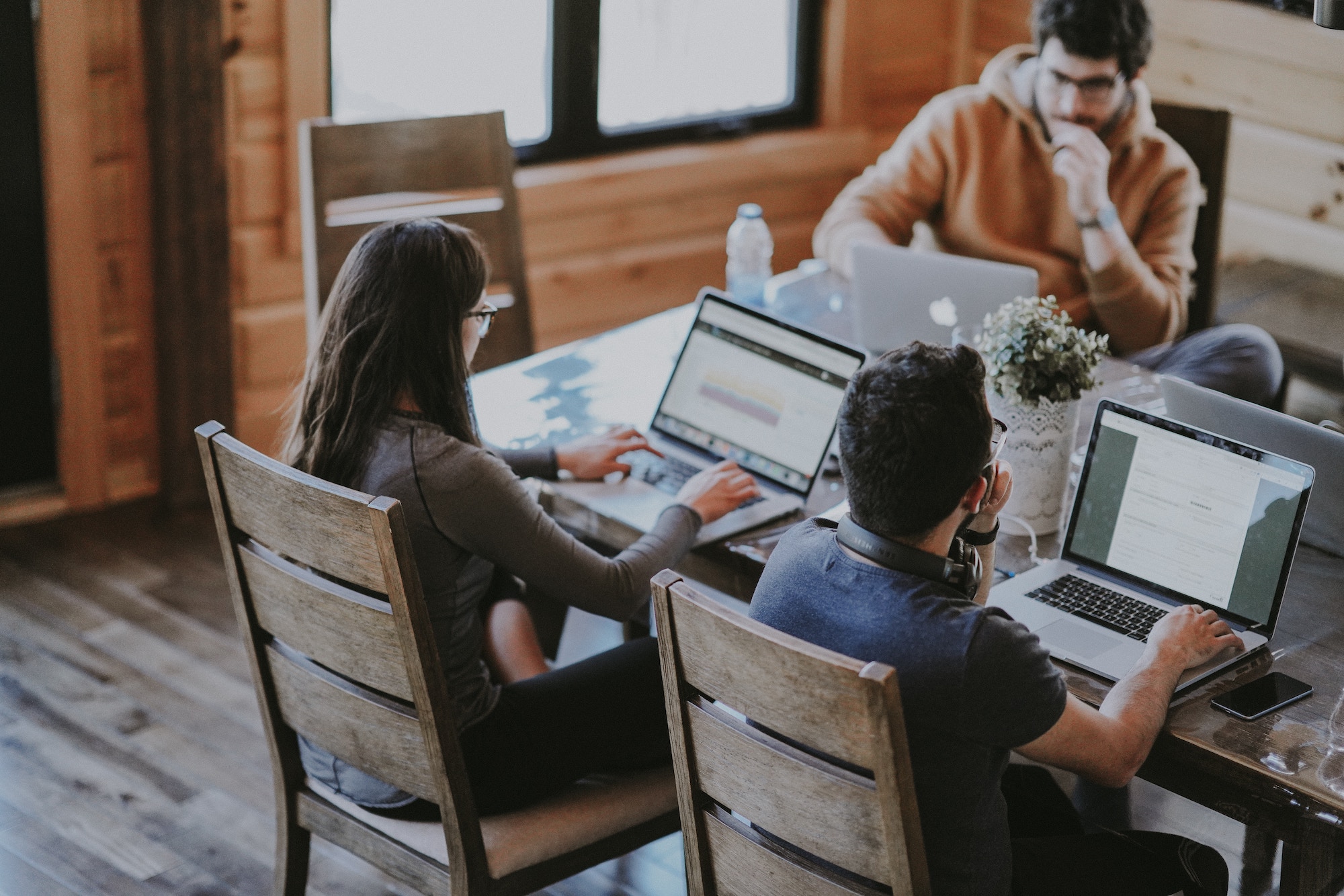As consumers and trendsetters, young people born in the 1980s and 90s have tremendous influencing power. And along with rethinking workplace culture and values, millennials are now reimagining charitable giving in the 21st century.
Despite eschewing membership in political and religious institutions, young adults in this demographic are more socially conscious and mission-driven than generations who came before them, according to a report published by the National Philanthropic Trust. While millennials are passionate about helping people and improving society, they have little interest in emulating the giving patterns modeled by their parents and grandparents. They want to give, sure, but it’s not like any organization will do. More than baby boomers, millennials value authenticity and the ability to engage directly with their charity of choice.
The sheer size of our millennial generation makes us an increasingly influential demographic. And in the years ahead, the nonprofit sector is likely to cater to the tastes and preferences of this demographic. My millennial peers and I wield lots of trendsetting power.
Though 18- to 32-year-olds represent just 11 percent of total charitable giving, philanthropic organizations stand to benefit from cultivating ties with this age group. Considering that 80 million millennials will enter adulthood in the coming years, nonprofits feel a growing urgency to build ties with these young people. Among nonprofit organizations, knowing how and where millennials want to spend their surplus income is going to be critical.

In the spirit of working together and creating change, let’s take a closer look at millennial giving. Here’s how charities can get millennials to support their cause:
Leveraging Social Media + Digital Technology
Whether we’re keeping in touch with friends or researching nonprofits, millennials like me demand tech-centric approaches to everything we do. This mindset extends to charitable giving, as millennials prefer using social media and online platforms in supporting charitable causes.
Social media platforms like Twitter and Facebook allow nonprofit organizations to engage millennial supporters in an ongoing dialogue around the clock. Social media can also be used by charitable organizations to appeal to millennial values and personify their organization’s branding. Because young people expect to do our charitable giving online, we are more likely to donate to organizations whose websites and social platforms exhibit sleek web design and high UI/UX functionality. Also, mobile-friendly websites are a must.
Causes, Not Institutions
When Millennials check a nonprofit’s website, we look for information about what an organization does and how donations are used. In other words: we want to see tangible results.
Unlike baby boomers, millennials aren’t as attached to specific organizations or brand names. Institutional pedigree doesn’t impress them. Rather, my peers and I feel connected to certain causes and are passionate about helping people and making a difference. We want nonprofits to show us concrete evidence that our support has an impact. We like having regular updates about successful charity projects and campaigns. We want to know who we have helped.
Transparency + Accountability
In that same vein, millennials expect transparency and accountability from the organizations we support. This expectation is only logical: with less disposable income to spare than our parents, millennials want to ensure our hard-earned dollars have an actual, quantifiable impact. Survey trends cited in the New York Times corroborate this fact. “Millennials expect transparency, sophisticated storytelling and technical savvy from their charitable organizations,” says Nicholas Fandos. “Causes matter more than institutions.”
Hands-On Engagement
Rather than writing checks, millennials like myself prefer to support charities through active participation. More than donating money, millennial donors seek opportunities to volunteer and leverage their own networks in supporting causes they believe in. Digital brands like Charity: Water and Warby Parker have an advantage in this regard, as these organizations are designed as digital fundraising efforts and social impact companies. They appeal to millennials’ need for simplicity, access to information, and hands-on involvement.
In particular, millennials gravitate toward giving to cause which offer opportunities to volunteer, to get involved firsthand.
According to a recent report published in Forbes, skill development is also a driving factor in Millennials’ philanthropic engagement. Of the millennials surveyed, more than three-quarters (77 percent) indicated that they’d be more likely to volunteer if they could utilize a their personal skillset and expertise to benefit a cause. Nonprofits that shift away from a fundraising-only focus and instead opt to concentrate on fueling engagement and partnerships will be most successful in courting millennials’ support.
Corporate Responsibility + Social Impact (Triple Bottom Line)
Whereas our parents’ generation may have been more inclined to write a check for charity, millennials’ charitable sensibilities are more integrated into their everyday lives and lifestyles. While we recognize that governments and charities do important work, millennials realize that nonprofits lack the technological prowess and resources of the private sector. They see far more potential to have an impact through supporting private-public partnerships (PPP) and social impact investing. “Major companies are paying attention to millennials’ interest in corporate philanthropy,” Fortune notes, citing efforts like a Goldman Sachs fund that awards grants to nonprofits based on recommendations from millennial employees.
Commitment to Environment
We are living in a time when ethical and sustainable products are king. “From involvement with charities and nonprofits to spreading awareness about key environmental concerns,” an overwhelming number of millennials value sustainability and environmental justice. Numerous studies have shown millennials are willing to pay more for sustainable products. These statistics are worth noting for organizations looking to attract millennial supporters.







